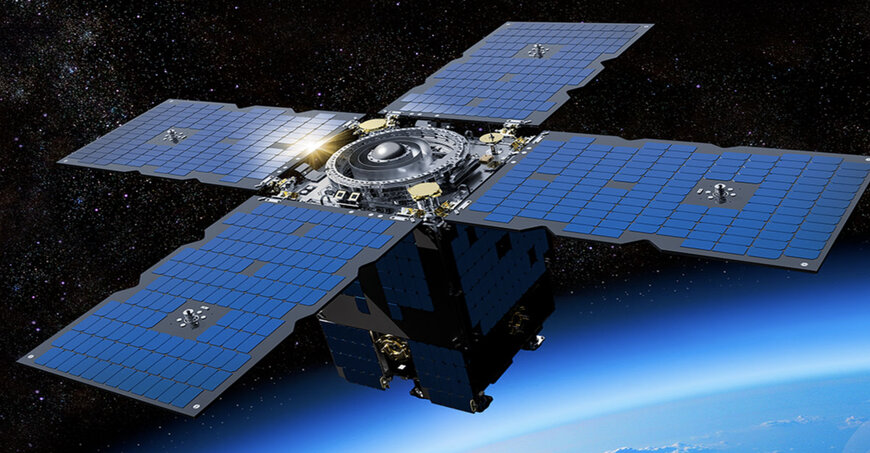General Atomics OTB Satellite Successfully Completes Scheduled Five-Year Mission
General Atomics Electromagnetic Systems (GA-EMS) announces the successful completion of its Orbital Test Bed satellite's five-year mission, launched in June 2019, with the spacecraft now entering a two-decade deorbit phase.
www.ga.com

GA-EMS’ OTB spacecraft hosted multiple payloads, including NASA’s Space Technology Mission Directorate’s Deep Space Atomic Clock (DSAC), which was designed and built by NASA’s Jet Propulsion Laboratory to support deep space navigation and exploration. The DSAC demonstration validated the stability, performance, and capability of an atomic clock to enable spacecraft to safely navigate independently in space rather than waiting for trajectory information from Earth.
“OTB began an exciting chapter for GA-EMS as this was the first launch of our GA-150 spacecraft hosting multiple payloads on a single satellite to simultaneously demonstrate new technologies and accelerate innovations for space exploration,” said Scott Forney, president of GA-EMS. “As the OTB mission winds down, we are extremely proud of our team and the role the satellite has played in demonstrating and space-qualifying each customer’s payload and technology.”
“After the DSAC mission concluded, GA-EMS continued flying the spacecraft allowing us to continue receiving valuable telemetry data and performance information from the spacecraft to assist with numerous projects, including other GA-150 satellite programs on-orbit and those scheduled for future launch,” said Gregg Burgess, vice president of GA-EMS Space Systems. “OTB was an important knowledge and training resource for our team as the spacecraft met all its lifetime goals and objectives in an operationally challenging inclination and altitude, performing well above expectations.”
In addition to DSAC, OTB onboard payloads included a Modular Solar Array developed for the U.S. Air Force Research Laboratory (AFRL); an Integrated Miniaturized Electrostatic Analyzer sensor payload developed by cadets at the U.S. Air Force Academy; the RadMon next generation radiation effects monitor; the FlexRX programmable satellite receiver; and over 150 Celestis-provided cremains.
www.ga.com

